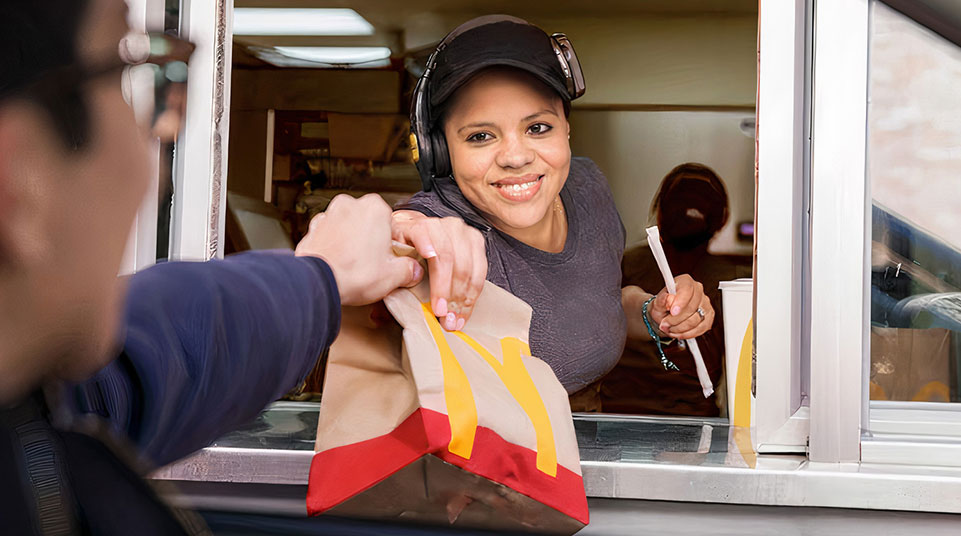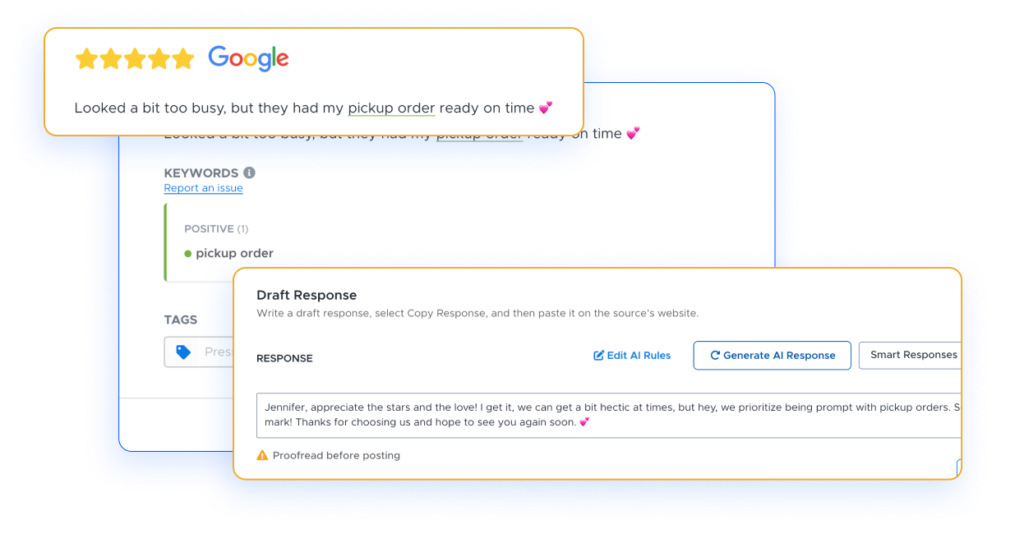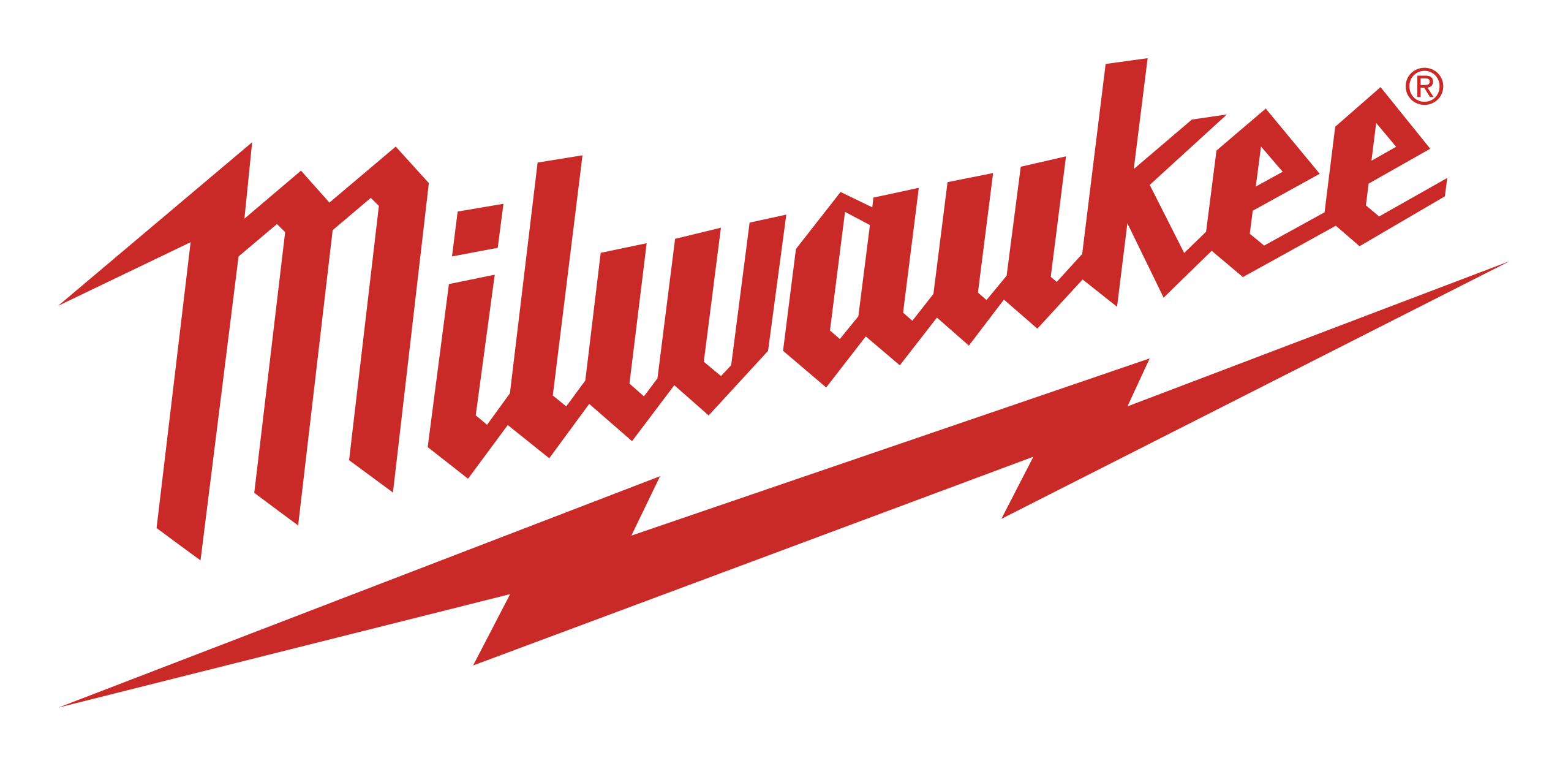
How McDonald’s Australia Transformed Feedback Into Fuel for Growth

A Real-Time Look at Service Recovery, Sales Uplift & Smart CX Ops
McDonald’s Australia tackled one of the toughest CX challenges at scale: inconsistent feedback resolution. In a recent episode of the XI Café Podcast, McDonald’s Michael Dominish joined our host to break down how they radically reimagined their customer feedback loop. The result? A 96% improvement in response times, stronger franchise alignment, and service recovery efforts that actually boost customer spend.

Let’s dig into what made this transformation work—and how you can borrow the blueprint.
The Challenge: A Thousand Restaurants, A Thousand Resolutions
McDonald’s operates on a predominantly franchise model. That’s great for scale—but not so great when every customer complaint gets routed back to individual restaurants for follow-up. Think: missing McNuggets, cold fries, or poor service.
The result? No consistent resolution workflow, no centralised oversight, and no clear link between customer experience and revenue.
Most importantly, there was no scalable way to act fast when it mattered most.
The Pivot: Centralising Service Without Losing the Human Touch
Michael’s team had a head start. McDonald’s was already using InMoment to run post-visit satisfaction surveys, complete with “contact me” checkboxes.
So, they did something clever: they integrated their CRM with InMoment to build a single view of the customer—tying together survey feedback and service inquiries in one intelligent workflow.
The impact was immediate. They gained real-time visibility into who was handling each issue, established a single source of truth across franchisees and customer support teams, and avoided the need for retraining by building on a platform the team already knew. The result was fewer silos, faster resolution, and feedback loops that actually worked.
In short: fewer silos, faster service, and smarter feedback loops.
The Results: Resolution That Drives Retention—and Revenue
This wasn’t just a “nice to have,” it drove real, measurable impact. Case resolution times dropped by 96%, while the introduction of digital vouchers not only smoothed over negative experiences but actually encouraged customers to spend more on their return visits. What’s more, the process freed up time for busy restaurant managers, making follow-up fast, easy, and consistent.
Interestingly, customers who received digital vouchers often spent more when they returned—turning service recovery into a measurable revenue driver.
McDonald’s proved that when you close the loop quickly and thoughtfully, service recovery becomes a sales engine.
From Score-Watching to Signal-Hunting: Smarter Metrics
McDonald’s moved beyond “top box” CSAT metrics. Instead, they introduced Complaints Per Million Guest Counts (CPM)—a more nuanced, normalised way to compare performance across locations.
Better yet, they surfaced this data via InMoment dashboards, empowering restaurant leaders to see how they stack up—and where to focus. The result?
- 11% uptick in InMoment platform logins.
- Data-driven action plans built from actual complaints—not just survey scores.
Selling It to Franchisees: Show Me the Money
Franchisees need more than a good experience—they need to see a clear business case.
When you can show that better CX reduces overhead and increases visit frequency, adoption becomes a no-brainer:
- Lead with customer impact and service ROI.
- Quantify time saved per manager per month.
- Attach a dollar figure to smarter resolution.
When you can show that better CX reduces overhead and increases visit frequency, adoption becomes a no-brainer.
Advice for CX Leaders: Start with the Tech, Then Tell the Story
Michael’s two-part playbook for anyone tackling a similar challenge:
“Have the tech conversations early—before you need them. And once it’s live, over-communicate the results. Celebrate the wins, own the hiccups, and keep everyone on the journey.”
Whether you’re supporting hundreds of locations or just one complex customer journey, centralising feedback and activating insights at scale is how you turn complaints into competitive advantage.
The InMoment Advantage
McDonald’s success didn’t come from adding more tools. It came from connecting the signals they already had, unlocking powerful insights across feedback types—from structured surveys to real-time support cases.
That’s what Integrated CX looks like in action:
- Strongest Signals (visit surveys + contact tickets)
- Richest Insights (CPM + spend behaviours)
- Smartest Actions (faster closure, higher retention)
Looking to reduce cost-to-serve while increasing loyalty and revenue? This is your model. Let’s get you started.






















